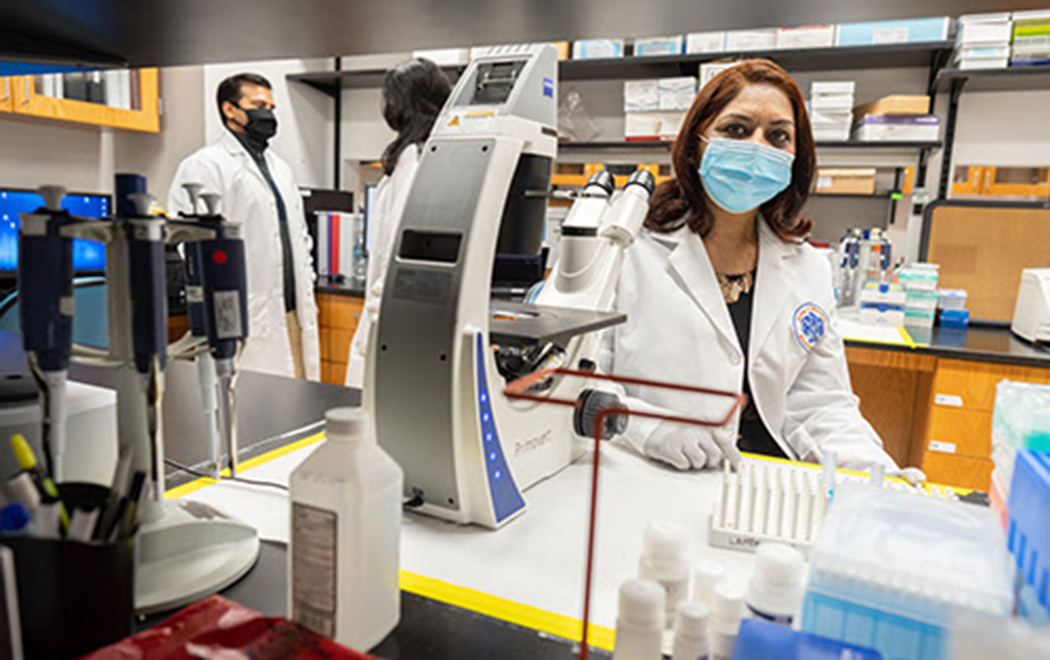NEWBERRY ‒ The Newberry City Commission approved 4-1 a measure to add small-scale rural event centers in Agricultural Zoning Districts. The measure was hotly contested at the Jan. 3, Newberry Planning and Zoning Board meeting. That board voted 4-1 to recommend the proposed change to the Commission. Commissioner Monty Farnsworth cast the dissenting vote at the Jan. 11 City Commission meeting.
LDR 22-01 proposes to amend the City’s Land Development Regulations to add small-scale rural event centers as a use allowed by special exception in the “A” Agricultural Zoning District. The amendment is the result of various inquiries received by the Planning Department regarding interest in developing venues that provide agricultural- and/or wellness-related educational, recreation and entertainment-type activities in a rural setting for the local community and visitors alike.
The Special Exception process provides a legal mechanism for the City Commission, serving as the Board of Adjustment, to allow certain uses in specified zoning districts, on a case-by-case basis, determining findings and adding conditions that are tailored to the specific request at its specific location.
Special exceptions allow a use that would not be appropriate generally or without restriction through a zoning district. LDR 22-01 would allow small-scale rural event centers related to agricultural uses, agritourism, and/or wellness retreats to include but not be limited to recreation, entertainment, and/or educational experiences, and accessory uses such as associated sales of agricultural products grown on or off premises, beer gardens, farm-to-table cafes, food truck plazas, outdoor health and wellness activities. Small-scale is defined as 300 or fewer participants/attendees. The City Commission will hold a second reading on the matter.
In other business, Ordinance 2021-75/CPA 21-26, an application submitted by JBPro, Agent for Drummond and Russell Jr., Helen L. Jeffcoat and Michael Willis, owners, was approved unanimously on first reading. The application is a small-scale amendment to the City’s Future Land Use Plan Map to change the Future Land Use classification on approximately 2.34 acres from Residential Low Density (1-4 dwelling units per acre) to Commercial. This property encompasses Tax Parcels 01950-000-000, 1950-001-000, 01951-000-000 and 01951-001-000 and is located on the south side of West Newberry Road and on the west side of Southeast 246th Terrace and Doc Karelas Drive. Plans are for the eastern two parcels to be developed as an Elliano’s Coffee shop.
Following approval of the ordinance, an application for rezoning from Residential, Single Family (RSF-1) and Residential, Single Family (RSF-2) to Commercial, Intensive (CI) on the same 2.34 acres was heard and approved in a quasi-judicial public hearing on first reading of Ordinance 2021-76/LDR 21-35.
The Commission approved unanimously on first reading Ordinance 2021-65/CPA 21-25, an application submitted by Morgan L. “Lee” Smith, IV, agent for RPM Auto LLC, owner. The small-scale amendment to the City’s Future Land Use Plan Map changes the Future Land Use classification on approximately three acres from Alachua County Rural/Agriculture to City of Newberry Commercial on property previously voluntarily annexed into the City. This property encompasses Tax Parcel 01928-004-000 and is located on the south side of West Newberry Road and on the west side of Southwest 226th Street.
Following approval of the ordinance, an application for rezoning from Alachua County Agriculture (A) to City of Newberry Commercial Automotive (CA) on the same three acres received unanimous approval on first reading of Ordinance 2021-66/LDR 21-34.
Ordinance 2021-29/CPA 21-13, an application to approve a change to the Future Land Use designation of a total of approximately 237.92 acres from Alachua County Rural/Agriculture to City of Newberry Agriculture, was unanimously approved on second reading. The large-scale amendment to the Comprehensive Plan, which was heard and unanimously approved on Oct. 4, 2021, by the Planning and Zoning Board; was heard again and unanimously approved on first reading by the City Commission on Oct. 25, 2021 and sent to the Florida Department of Economic Opportunity (DEO)for expedited review. The DEO reviewed the application and provided no comments requiring responses or noting any adverse impacts.
The land involved in this transaction are Tax Parcels 01861-001-001, consisting of 20.88 acres, Tax Parcel 01861-001-000, consisting of 59 acres and Tax Parcel 01858-000-000, consisting of 158.04 acres. The property is located on the west side of Northwest 202nd Street, approximately a half mile south of Northwest 46th Avenue.
Since the County’s Rural/Agriculture and the City’s Agriculture classifications both allow residential densities of “less than or equal to one dwelling unit per five acres” and continuation of similar agriculture uses and intensities, no additional density is allowed based upon changing from the County’s to the City’s designation.
On the same 237.92 acres, Commissioners unanimously approved rezoning the same property in a quasi-judicial public hearing on second reading of Ordinance 2021-30/LDR 21-21. Each of the three tax parcels will now have their zoning district changed from Alachua County Future Land Use and Zoning District classifications to City of Newberry designations.
The Commission also approved on first reading Ordinance 2021-73/CPA 21-29, a small-scale amendment to the Future Land Use Map of the City of Newberry Comprehensive Plan, proposing to change the future land use designation from Alachua County Rural/Agriculture (less than or equal to one dwelling unit per five acres) to City of Newberry Agriculture with the same allowable use. This action pertains to Tax Parcel 04370-001-000, consisting of approximately 4.27 acres located on the south side of West Newberry Road along both sides of a portion of Southwest 174th Street. The Commission approved on first reading a zoning change from Alachua County Agriculture (A) to City of Newberry Agricultural (A) on the same voluntarily annexed property.
# # #
Email cwalker@
alachuatoday.com
Add a comment



